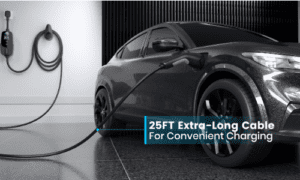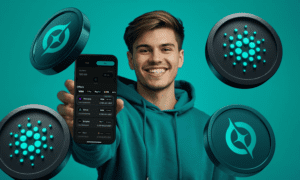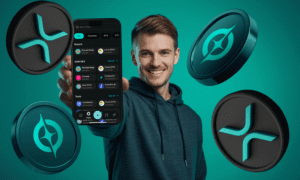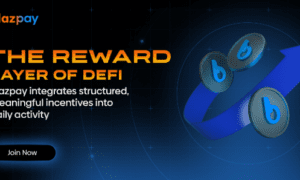A cart is never “just a cart” when a decision hangs on a thumbnail, a line of copy, or a button that sits too far from the thumb. Teams that study how real people browse and buy tend to design with fewer surprises and smoother choices. That lens pairs well with ecommerce web design, where structure and timing may nudge a visitor toward action.
Visual Hierarchy in Ecommerce Web Design
Size, contrast, and generous spacing can guide attention toward price, shipping notes, or a primary button without overwhelming the page. When hero images carry context and the call to action sits consistently across product pages, shoppers may progress faster because they do less hunting and backtracking to confirm details.
Trust Signals That Boost Conversions
Credibility relies on paying attention to the small details. Clear return windows, visible support hours, and recognizable payment options reduce second-guessing during the moment that matters most. When review summaries sit near the add-to-cart area and policies are written in plain language instead of legalese, the page may lower perceived risk. That can also shorten hesitation that often leads to abandonment.
Personalization and UX in Ecommerce Web Design
Effective ecommerce web design goes beyond templates. It incorporates behavioral data to personalize user journeys and boost sales. Dynamic modules that surface size-specific restocks, recently viewed items, or accessories that fit what’s already in the cart may keep momentum steady. Meanwhile, simpler menus simultaneously reduce the mental math of comparing too many choices.
Mobile Optimization and Its Psychological Edge
Tap targets that fit a thumb, short forms with auto-fill, and crisp images that load quickly can lower the urge to bail on a slow page. Small interventions like progress indicators, save-for-later cues near the button, and gentle time signals during promos may add practical urgency without pressure. That’s especially true when shipping costs and delivery windows are visible before checkout begins.
Measuring Without Guesswork
Evidence keeps teams honest. Click maps, search logs, and drop-off points tell a story that copy alone can’t, especially compared to a few release cycles. Suppose a promo banner draws attention away from primary actions or a carousel hides key information on slide two. In that case, the data may push a rethink that puts important details back where people expect to find them.
Tidy category pages, clearer filters, and consistent button language may do more than you think. When those choices combine with accessible color contrast and straightforward labels, the store can feel calmer and more predictable. That often means visitors spend more time evaluating products than fighting the layout.
When Data Shapes Design Decisions
Behavior patterns tend to point toward specific changes. Filter searches that circle back or stall can signal copy needing plainer language or fewer competing choices. Click trails that bounce between shipping details and the cart often reflect uncertainty. Moving those terms near price, reviews, and size guides could remove backtracking across devices.
Teams also track results against steady timelines. Simple A/B runs over similar periods indicate whether changes reduce detours or late exits at checkout. Image sequences that show texture before wide shots, or copy blocks placing delivery windows above banners, can change where attention lands and might reduce back-and-forth scrolling.
FAQ
What makes a good ecommerce website design?
Pages that group related information, show policies in plain terms, and keep actions in predictable locations may reduce issues. That mix helps visitors decide without digging.
How can design influence buying behavior?
People respond to cues they barely notice. Strategic visuals, supportive microcopy, and intuitive navigation can steer attention toward the next sensible step, which might be adding to cart or saving for later.
Is personalization necessary for all stores?
Even a light touch can help. Simple recommendations based on browsing, reminders for previously viewed items, or size and fit prompts may lift engagement without feeling intrusive.



































